
Inhaltsverzeichnis
Selfcare around the world: mindfulness in other cultures
In our fast-paced world, self-care is becoming increasingly important – and at the same time, more diverse. While apps for guided meditation, digital mindfulness trackers, and journaling are the focus here in Germany, it's worth looking beyond our cultural horizons: Every culture has found its own waysto calm down and connect with oneself. While in Western societies we often think of yoga, journaling or forest bathing, every culture in the world has its own Form of mindfulness Developed. Discovering this diversity can not only be inspiring, but also help you find new paths to greater inner balance.

Mindfulness in the rhythm of cultures
Self-care is nothing new – it is deeply rooted in the traditions of many cultures. Whether spiritual, physical, or communal: all over the world, there are rituals that support people in Harmony with yourself These cultural perspectives show us that mindfulness is not a luxury, but a part of everyday life. Those who look beyond their own horizons discover a world full of wisdom – embedded in everyday routines, spiritual practices, and deeply rooted philosophies of life.
Japan: Ikigai and the art of conscious living
In Japan plays the concept “Ikigai” – roughly translated as "that which makes life worth living for" – plays a central role. It is far more than a career goal; it is a way of life. People who have found their ikigai feel a sense of purpose in what they do – be it in their career, family, or social engagement. This orientation gives structure and depth to everyday life.
In Japan, mindfulness is also evident in seemingly small gestures: the dedication to preparing a bowl of matcha tea, the quiet appreciation of the cherry blossoms in spring, or the order and aesthetics of the home. Everything follows the principle of presence—a lived attention. for the moment.

Photo: Tuấn Kiệt Jr./pexels
India: Yoga and spiritual connection
India is considered the spiritual center of Asia – and as Cradle of YogaThis practice encompasses far more than physical exercises: it is a holistic path that unites body, mind, and soul. Yoga philosophy is about finding inner peace, observing the mind, and lovingly accepting oneself.
Rituals such as lighting oil lamps in the evening, reciting mantras, or the scent of sandalwood incense sticks also create conscious sanctuaries of mindfulness in everyday life. Many begin their day with a small puja – a prayer ceremony in which fresh flowers, incense, and a glowing flame are offered. This welcomes the new day, practices gratitude, and enjoys a moment of silence before everyday life begins. The connection to divine energy – whether in nature, within, or in the temple – is deeply rooted in the culture and provides support for many people.

Photo: Sam Kolder/pexels
Thailand: Sabai Sabai – Serenity in everyday life
In Thailand Serenity is more than just a virtue – it is a lived culture. The principle "Sabai Sabai"" stands for a relaxed, pleasant attitude to life. It means not rushing things, letting go of worries, and enjoying life in its simplicity. This inner attitude shapes social interactions as well as one's personal everyday life.
In a country rooted in Buddhist values, mindfulness and compassion are omnipresent. Temple visits, meditation, traditional healing methods, and lovingly performed massages are deeply rooted rituals that harmonize body and mind. Sabai Sabai reminds us that calm, patience, and a smile are sometimes the best medicine.

Photo: The Anam/unsplash
Sweden: Lagom – finding balance in life
"Lagom" is a word that is almost impossible to translate – yet says it all. It means something like "precisely" and stands for a way of life that focuses on balance. Not too much, not too little. This attitude is reflected in everyday Swedish life in very different forms: conscious consumption, sustainable living, communal living, and a deep connection with nature.
Lagom is Scandinavian mindfulness – reduced, authentic, and calm. Those inspired by this concept begin to focus on what's essential. Stress decreases, and joy in life increases. The focus is on a harmonious interplay of all areas of life – an invitation to inner balance.

Photo: Andrea Davis/unsplah
Morocco: Hammam and the ritual of purification
Visiting a traditional Hammams in Morocco is a sensual experience that goes far beyond physical care. It is an ancient ritual that facilitates purification on multiple levels: the skin, the mind, and social interaction. The warm steam bath, the deep-cleansing black soap scrubs, and the concluding relaxation phase act as a slowing-down of life.
In many Moroccan households, the weekly visit to the hammam is an integral part of the ritual—not only for self-care, but also as an opportunity to rediscover oneself. The connection to the elements, to scents like eucalyptus or rose water, and the quiet contemplation make the ritual an act of deep mindfulness.

Photo: Ata Ebem/pexels
Hawaii: Ho'oponopono – Forgiveness as Healing
Ho'oponopono is a Hawaiian forgiveness ritual, which is based on deep emotional and spiritual healing. It is practiced not only to resolve conflicts, but also to find inner peace. The powerful phrase "I'm sorry. Please forgive me. Thank you. I love you..“ works like a formula for liberation from emotional blockages.
This practice demonstrates that mindfulness also means taking responsibility for one's own thoughts and actions. In a world where we often look outside for solutions, Ho'oponopono reminds us that true healing begins within—in connection with ourselves and others.

Photo: Daniel Torobekov/pexels
Mindfulness, as colorful as our world
These global self-care practices demonstrate that there is no right or wrong when it comes to mindfulness. Perhaps one of these traditions will inspire you to integrate a new little ritual into your daily life – whether it's a morning meditation, a conscious cup of tea, or a mindful walk. Every culture brings its own treasures – and we can learn from them. Whether it's the next conscious breath, a small tea ceremony, or a walk without a cell phone – the invitation to Mindfulness is universal.Perhaps it is precisely in diversity that we find what enriches our own self-care.




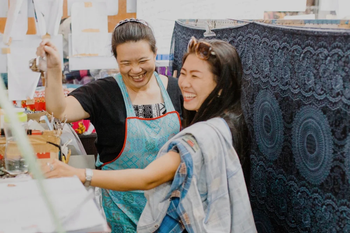



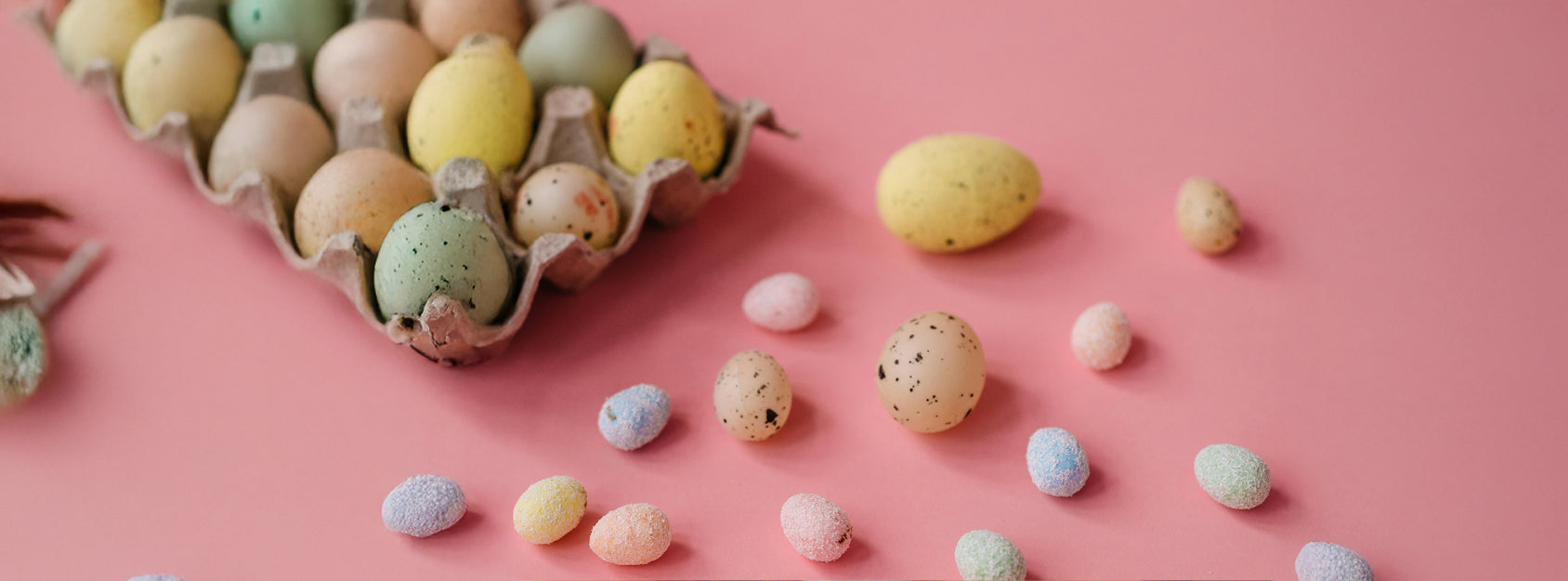
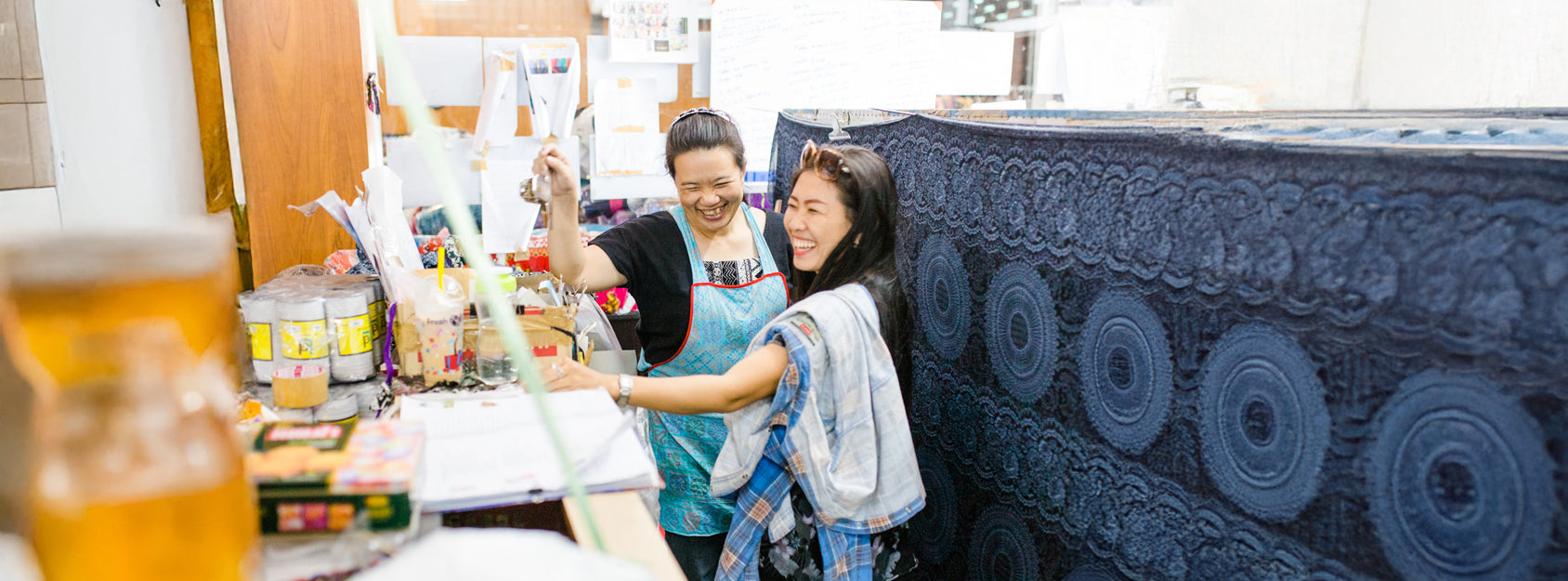
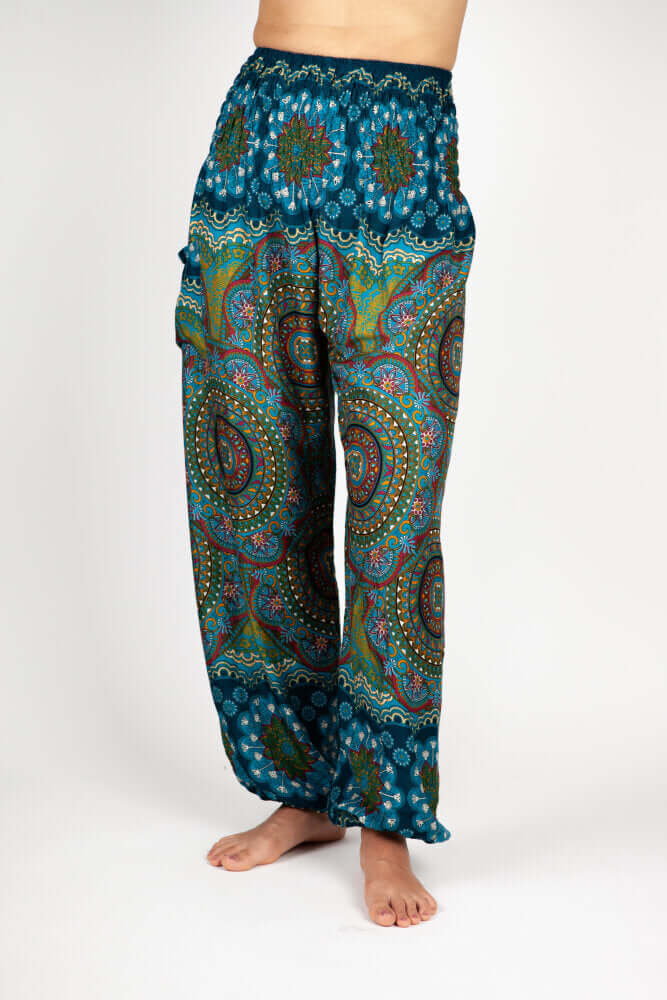



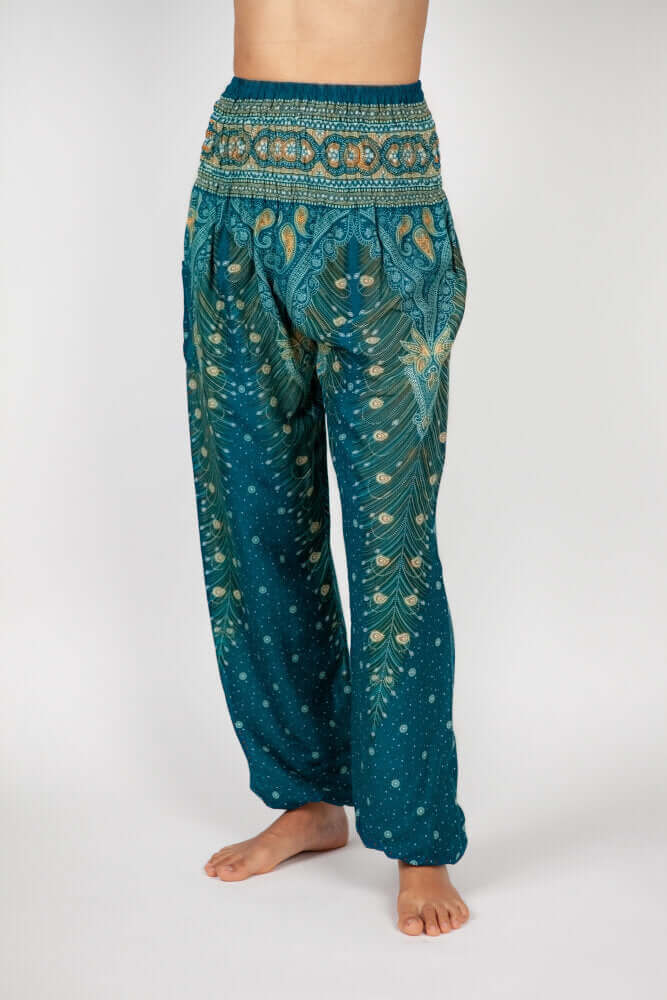


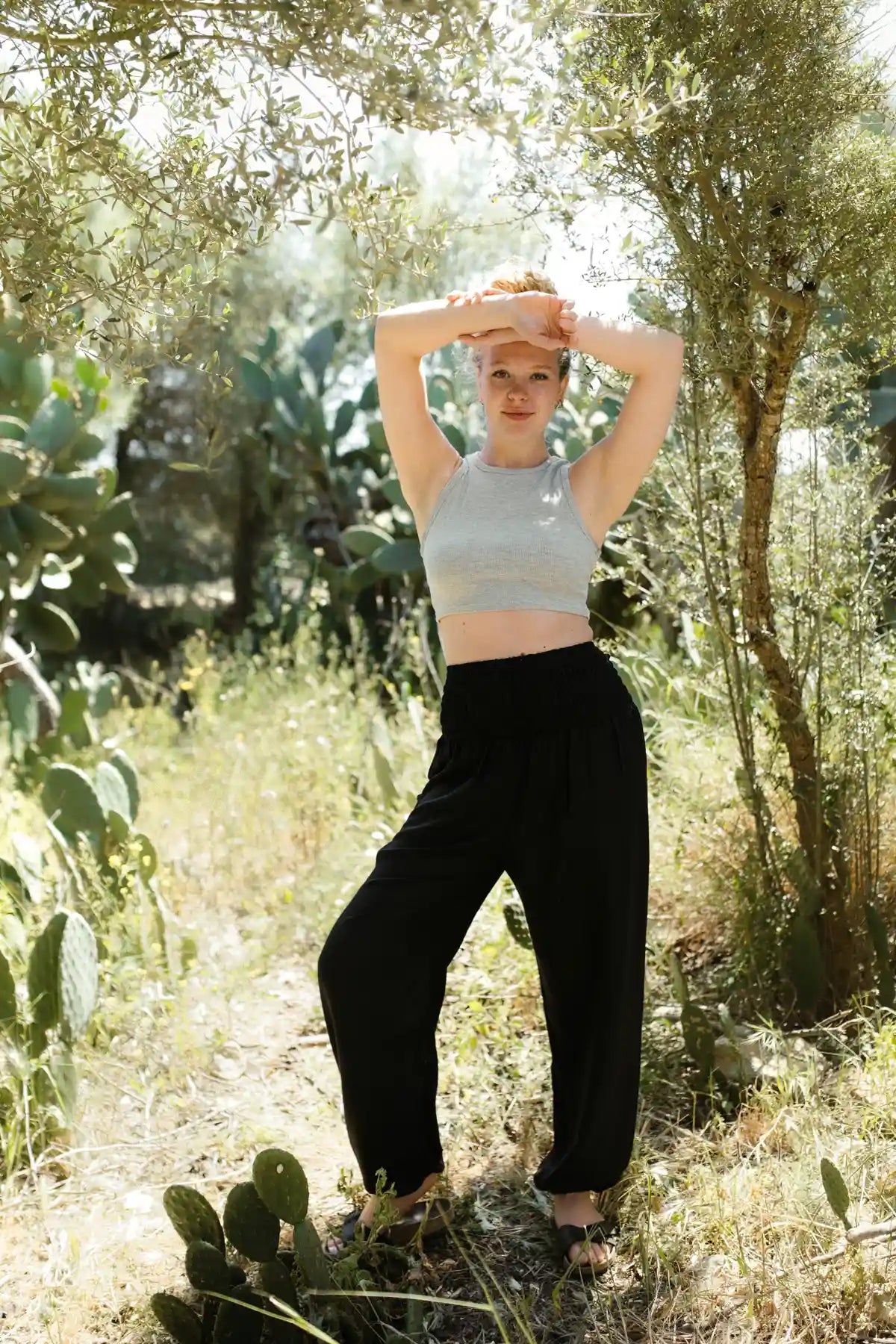
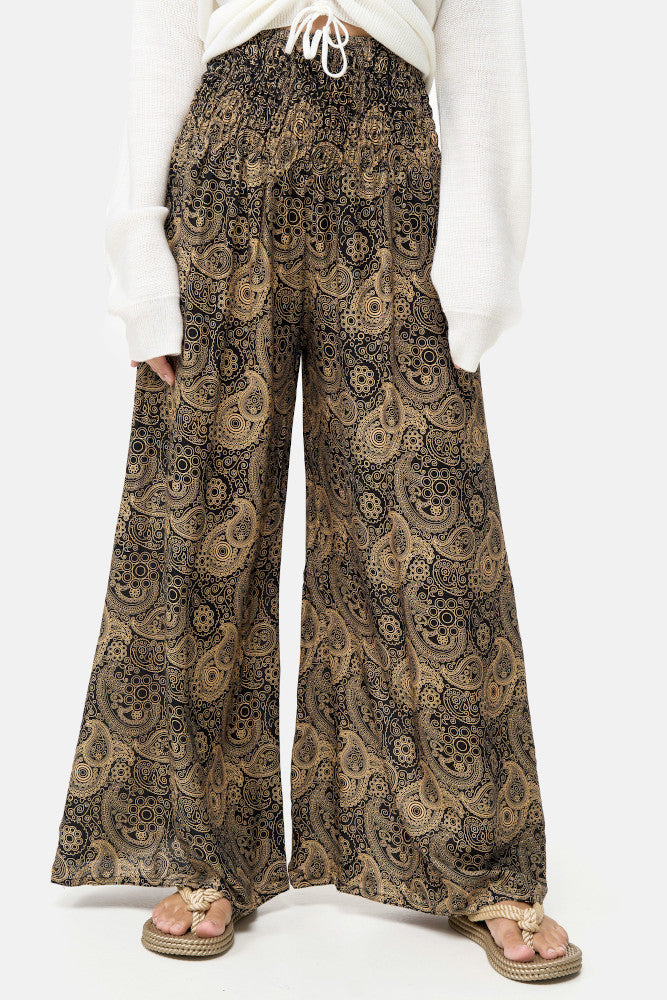
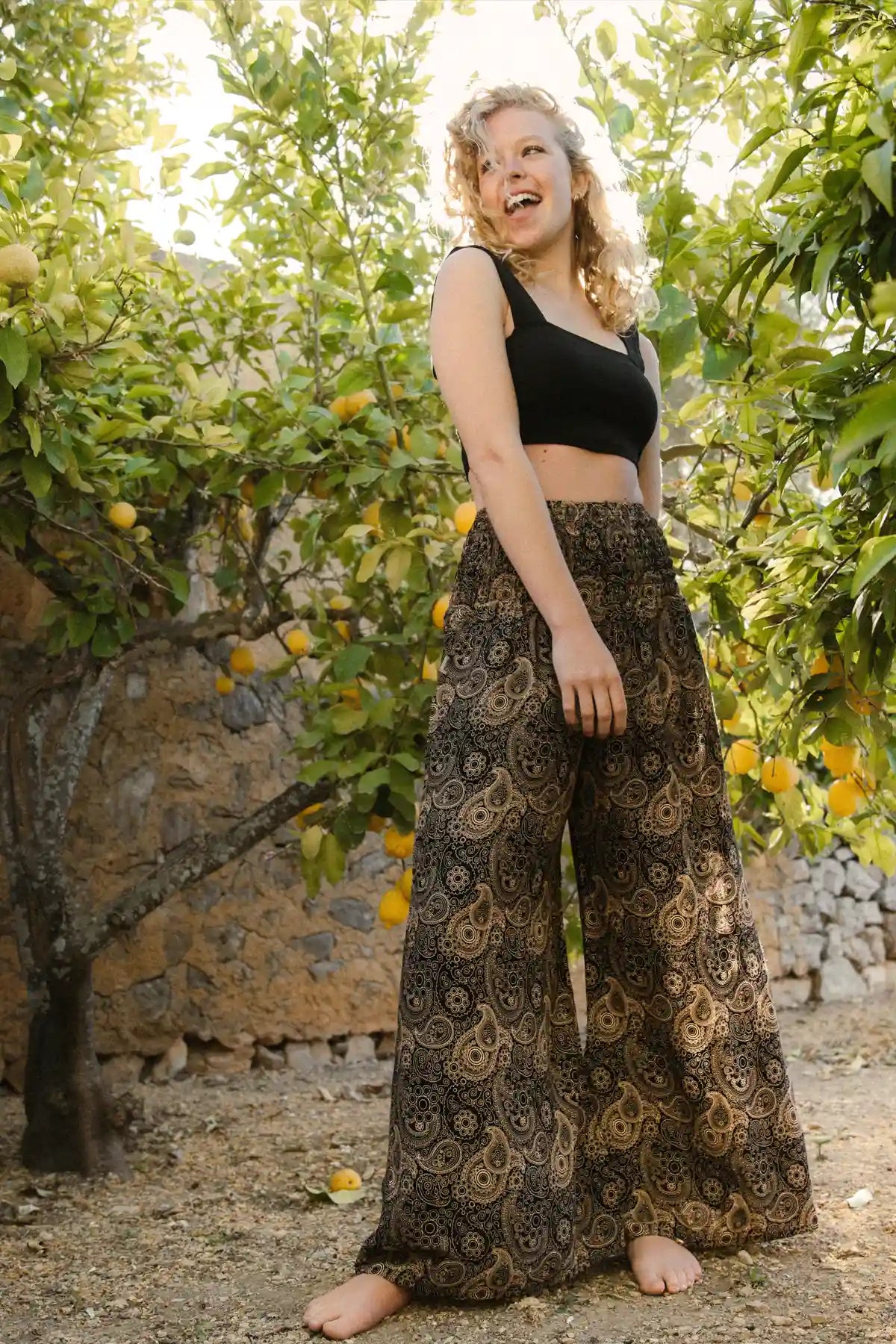
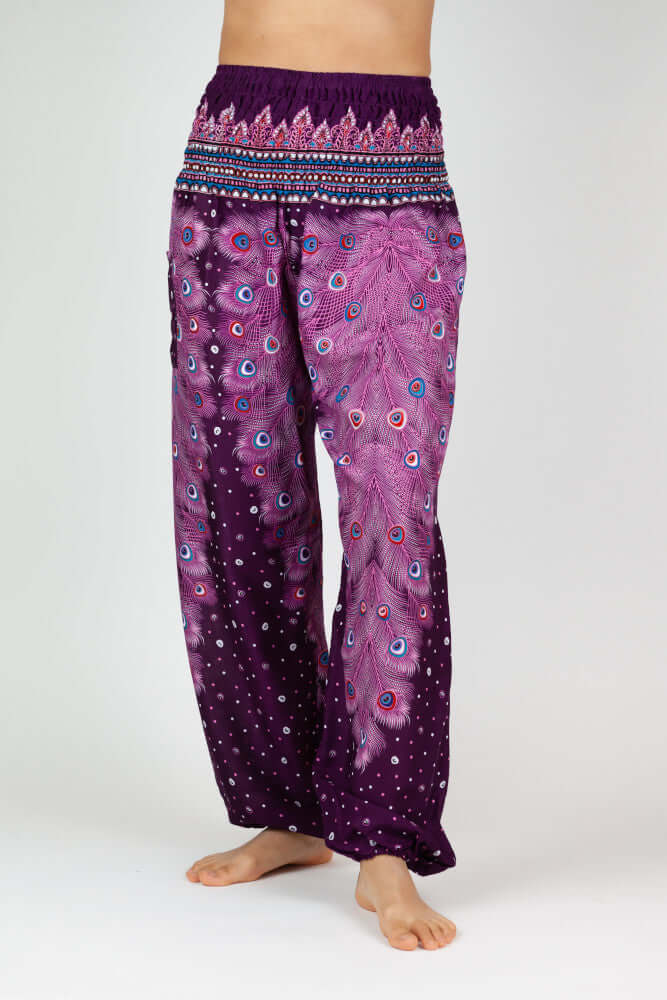

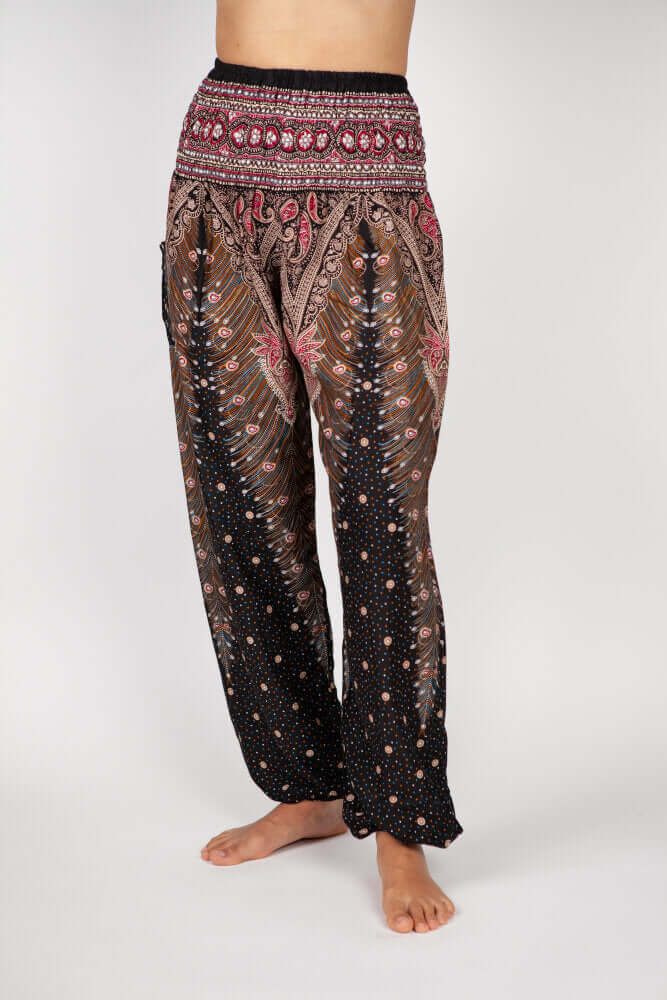

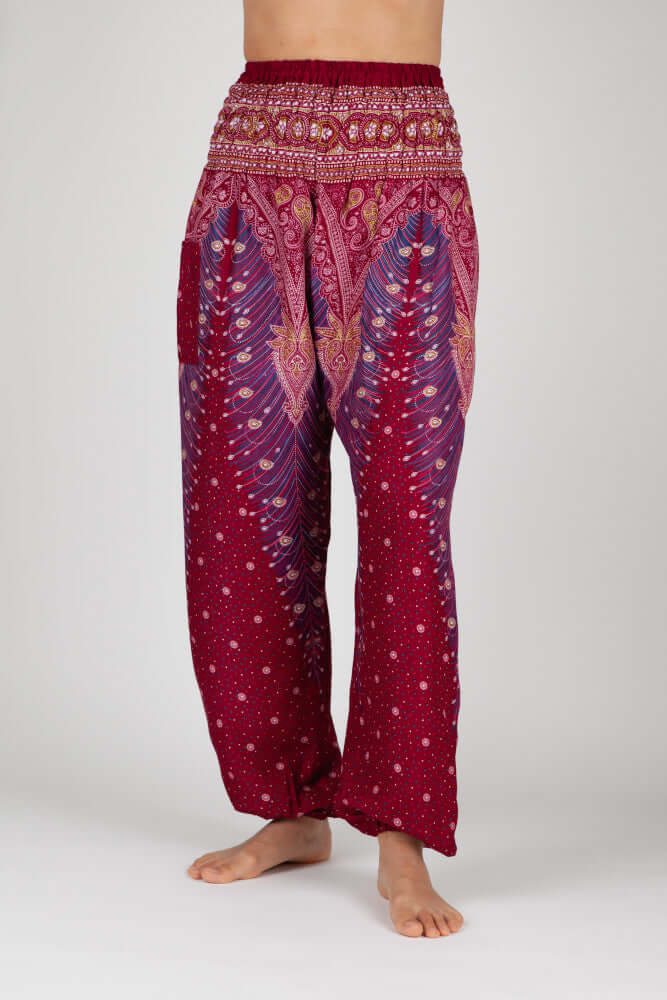

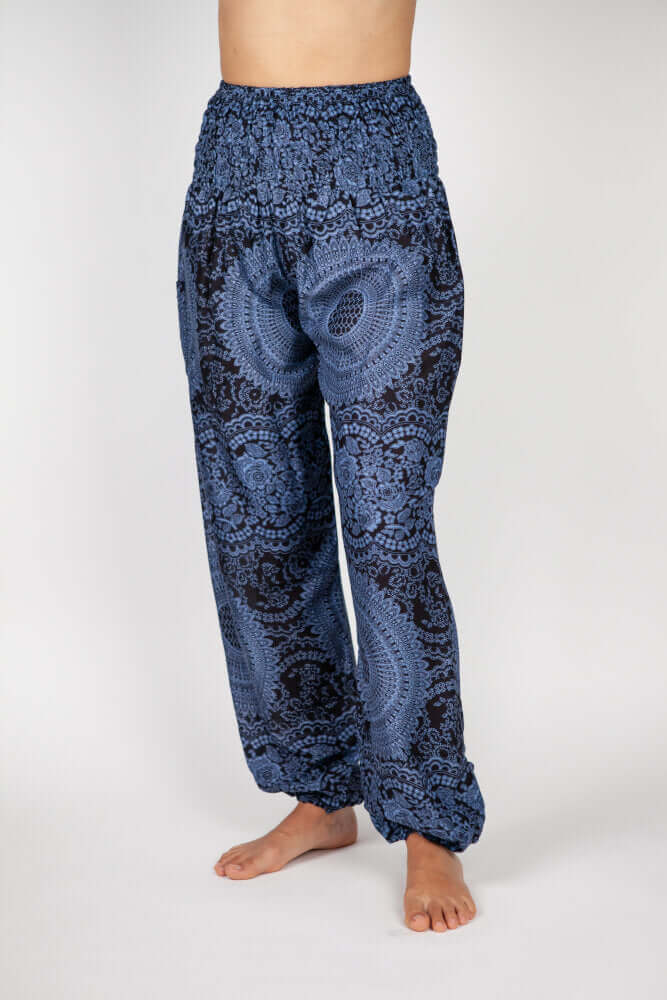

Leave a comment
This site is protected by hCaptcha and the hCaptcha Privacy Policy and Terms of Service apply.